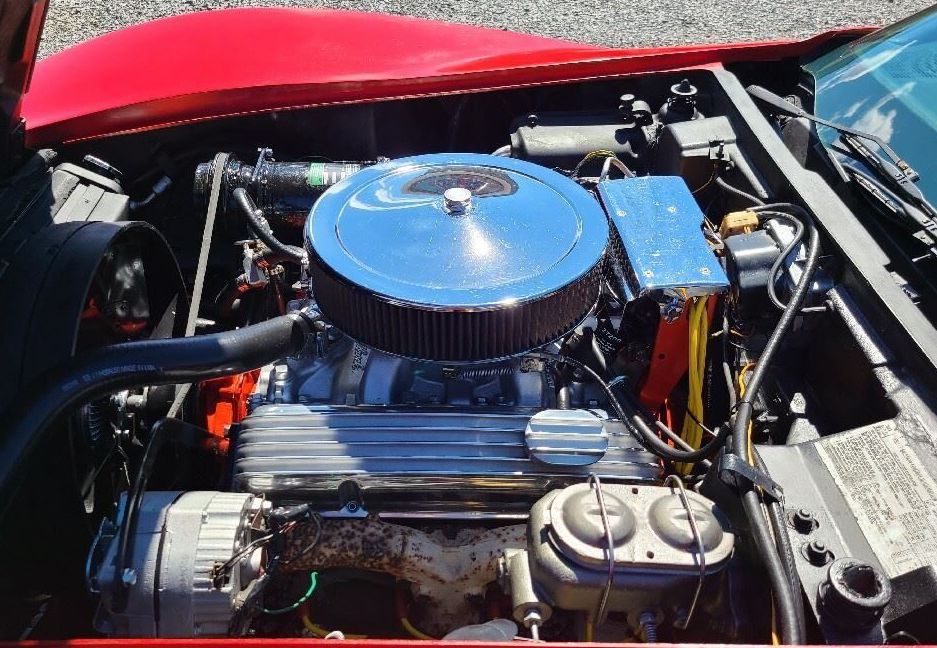1973 – 1979 L82 Corvette Engine Ultimate Guide
By the mid-1970s, the Corvette had returned to its roots, in regards to available engine options. Throughout the latter half of the 1960s, much attention had been placed on the design, development, and continual refinement of big-block powerplants, intended for fitment beneath the Corvette’s hood. However, newly enacted federal emissions standards soon halted such development in its tracks.
Finally, in 1973, consumers were left with only three available engine options to choose from, two of which were of a small-block configuration. The third of these three engines, the 454 cubic-inch LS4, would only survive for two years, serving as the final big-block to grace the Corvette’s engine bay. By 1975, the Corvette was only offered with one of two available engines, of which, the 350 cubic-inch L82 was the most formidable.
No Subscription? You’re missing out
Get immediate ad-free access to all our premium content.
Get Started



